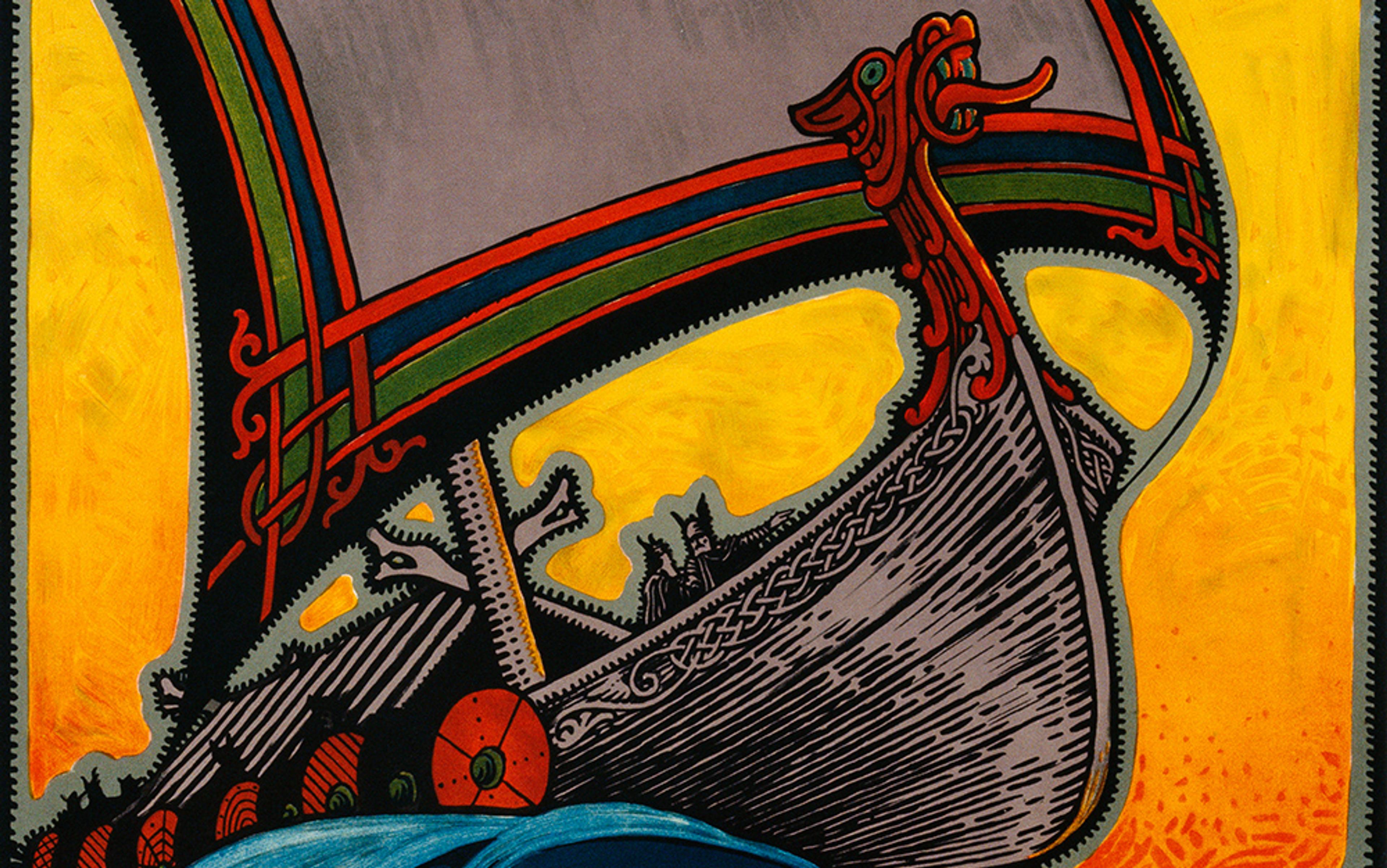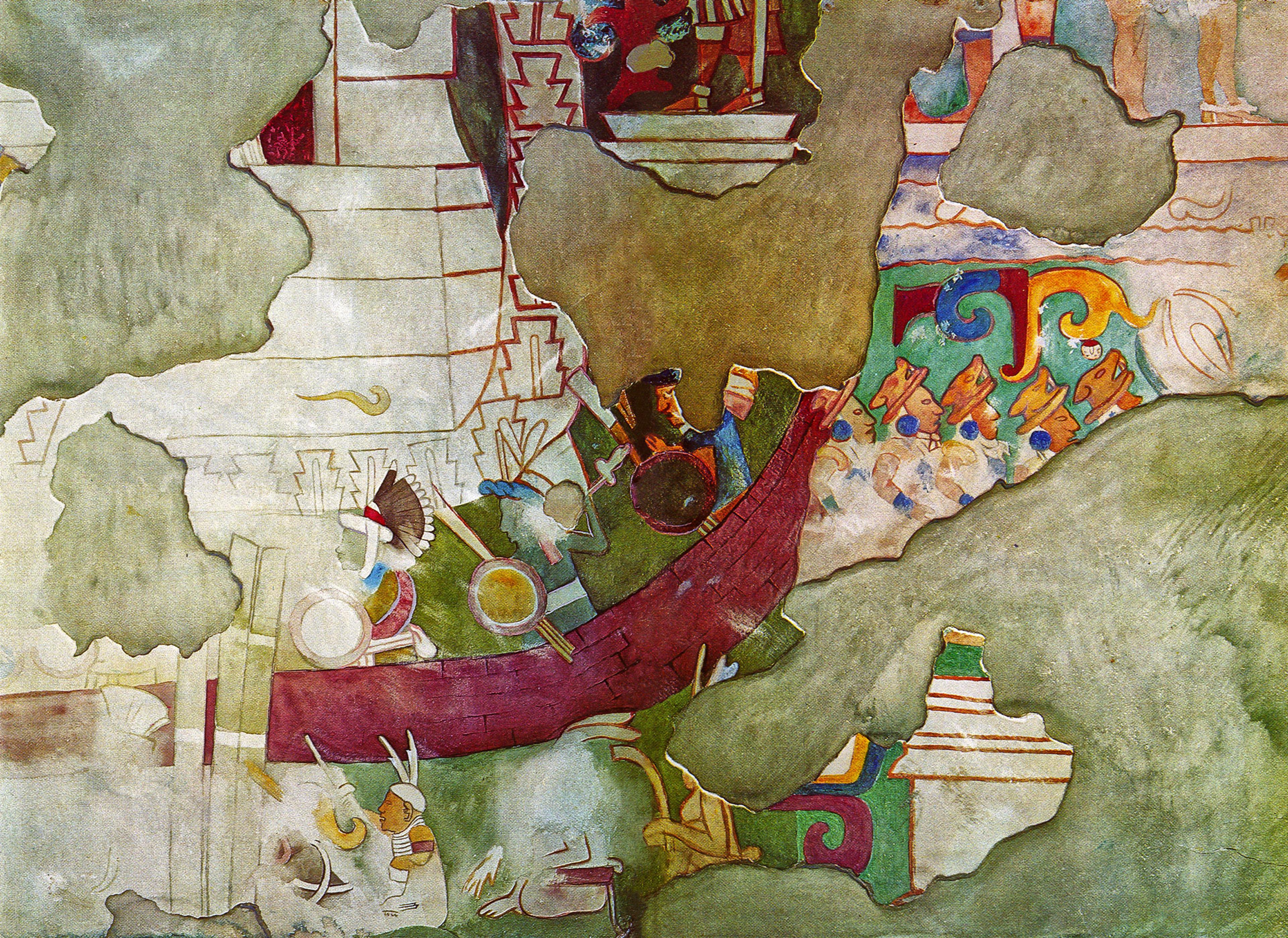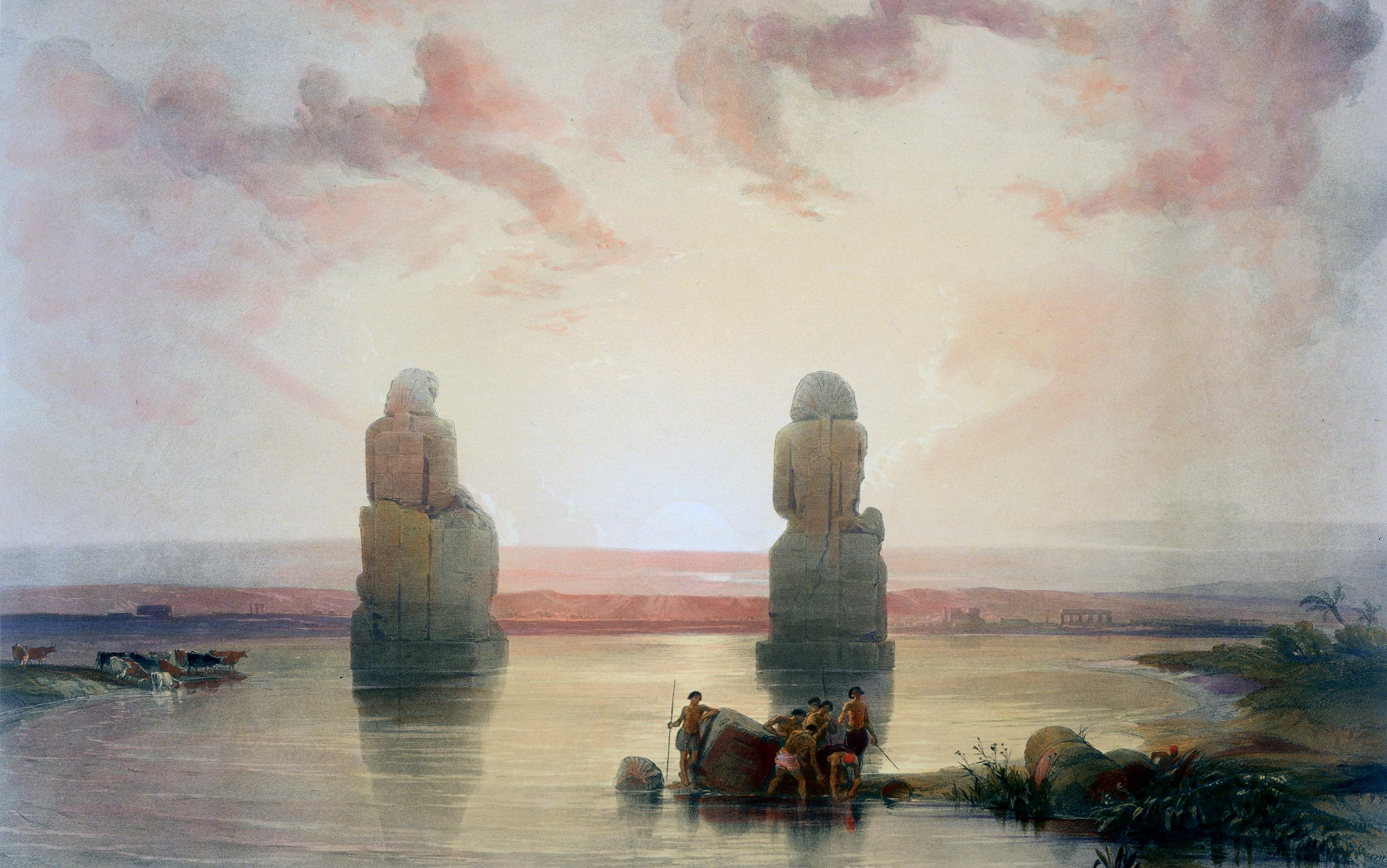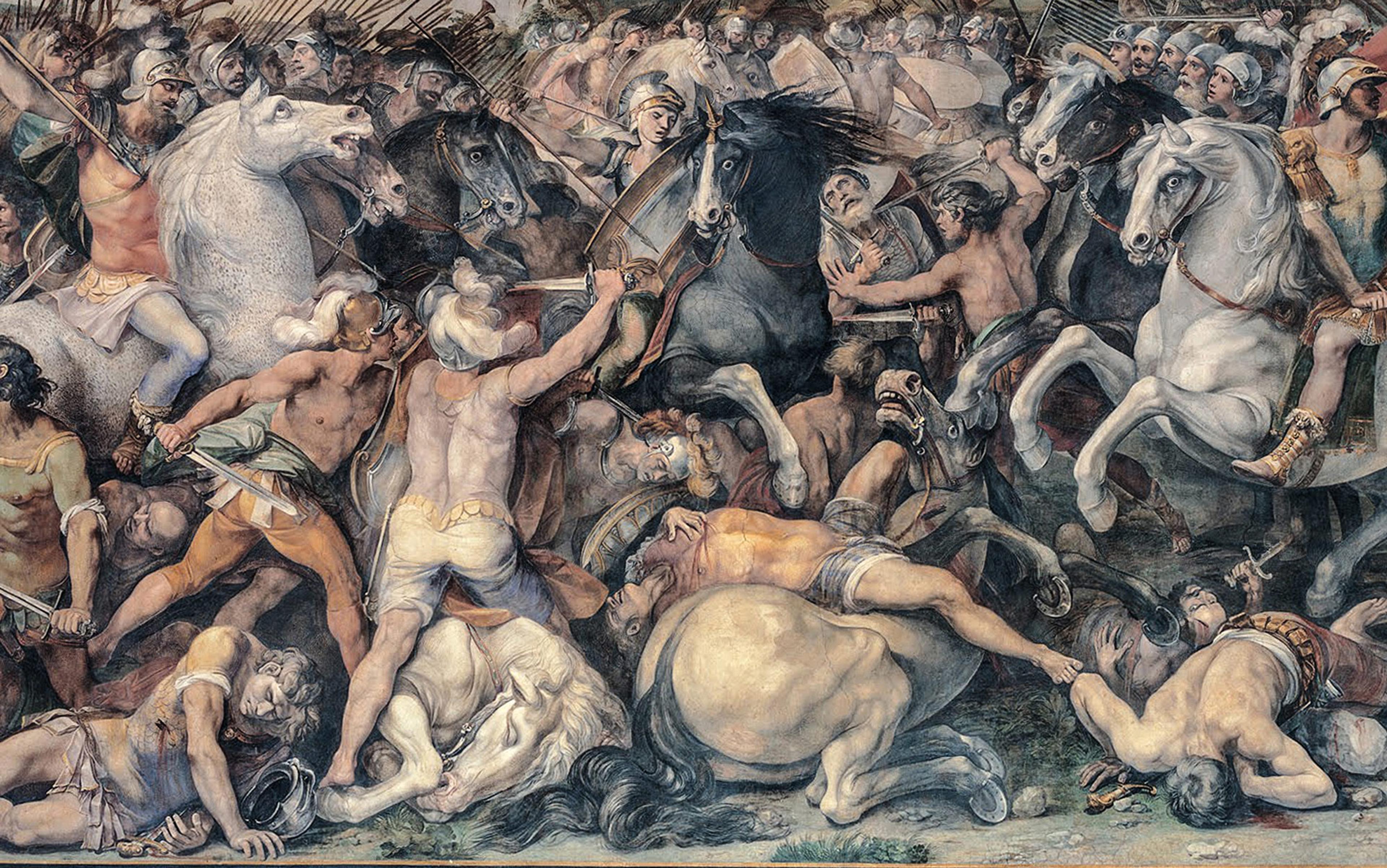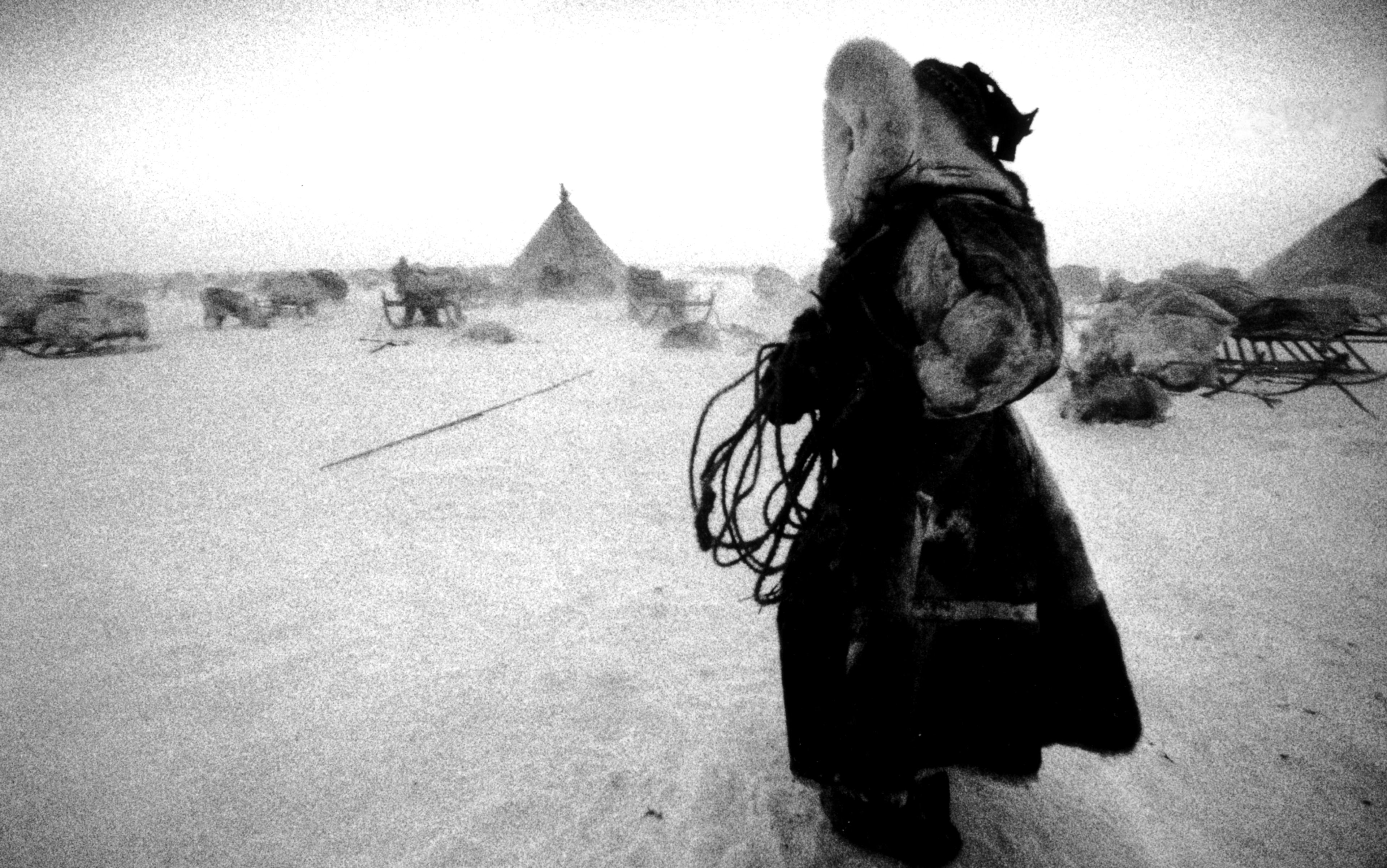In the middle of the 9th century, in an office somewhere in the Jibāl region of what is now western Iran, a man is dictating to a scribe. It is the 840s of the Common Era, though the people in this eastern province of the great Caliphate of the ’Abbāsids – an Islamic superpower with its capital in Baghdad – live by the Hijri calendar. The man’s name is Abu ’l-Qāsim ʿUbayd Allāh b ʿAbd Allāh Ibn Khurradādhbih, and he is the director of posts and police for this region.
In his office, he is compiling a report as part of his duties. As his job title implies, he oversees communications and security in the Jibāl region, reporting to officials in Baghdad. What he provides is an intelligence service: in essence, Ibn Khurradādhbih is what we would call a station chief, like those CIA officials who manage clandestine operations abroad. The report he’s working on is part of a much larger document that will one day be known as Kitāb al-Masālik wa l-mamālik (the ‘Book of Itineraries and Kingdoms’), a summary of exactly the kind of thing that governments usually want to know: who was visiting their territory, where they came from, where they were going, and why. This is what he says about a group of people known as the Rus’:
The Rūs … journey from the farthest reaches of the land of the Slavs to the eastern Mediterranean and there sell beaver and black fox pelts, as well as swords. The Byzantine ruler levies a 10 per cent duty on their merchandise. On their return they go by sea to Samkarsh [Taman], the city of the Jews, and from there make their way back to Slavic territory. They also follow another route, descending the river Tanais [the Volga], the river of the Saqāliba, and passing by Khamlīkh, the capital of the Khazars, where the ruler of the country levies a 10 per cent duty. There they embark upon the Caspian Sea, heading for a point they know … Sometimes they transport their merchandise on camel back from the city of Jurjān to Baghdad.
They also follow a land route. Merchants departing from Spain or France sail to southern al-Akçâ [Morocco] and then to Tanja [Tangier], from where they set off for Ifriqiyya [the North African coast] and then the Egyptian capital. From there they head towards Ramla, visit Damascus, Kufa, Baghdad and Basra, then cross the Ahwaz [north of the Persian Gulf], Fâris [Iran], Kirman, Sindh [southeast Pakistan], India, and finally arrive in al-Ṣīn [Turko-China]. Sometimes they take a route north of Rome, heading for Khamlīkh via the lands of the Saqāliba. Khamlīkh is the Khazar capital. They sail the Caspian Sea, make their way to Balkh, from there to Transoxiana, then to the yurts of the Toghuzghuz [the Uyghurs?], and from there to al-Ṣīn.
For many decades, the second paragraph of this rather dense text was thought to refer to a totally different group of merchants from those described in the first, for the simple reason that scholars just didn’t believe that the Rūs (or the Rus’, as the word is usually spelled today) really went so far east. And yet, the text is clear. The two sections run on from each other, and both refer to the same people. So why do Ibn Khurradādhbih’s observations about them matter today?
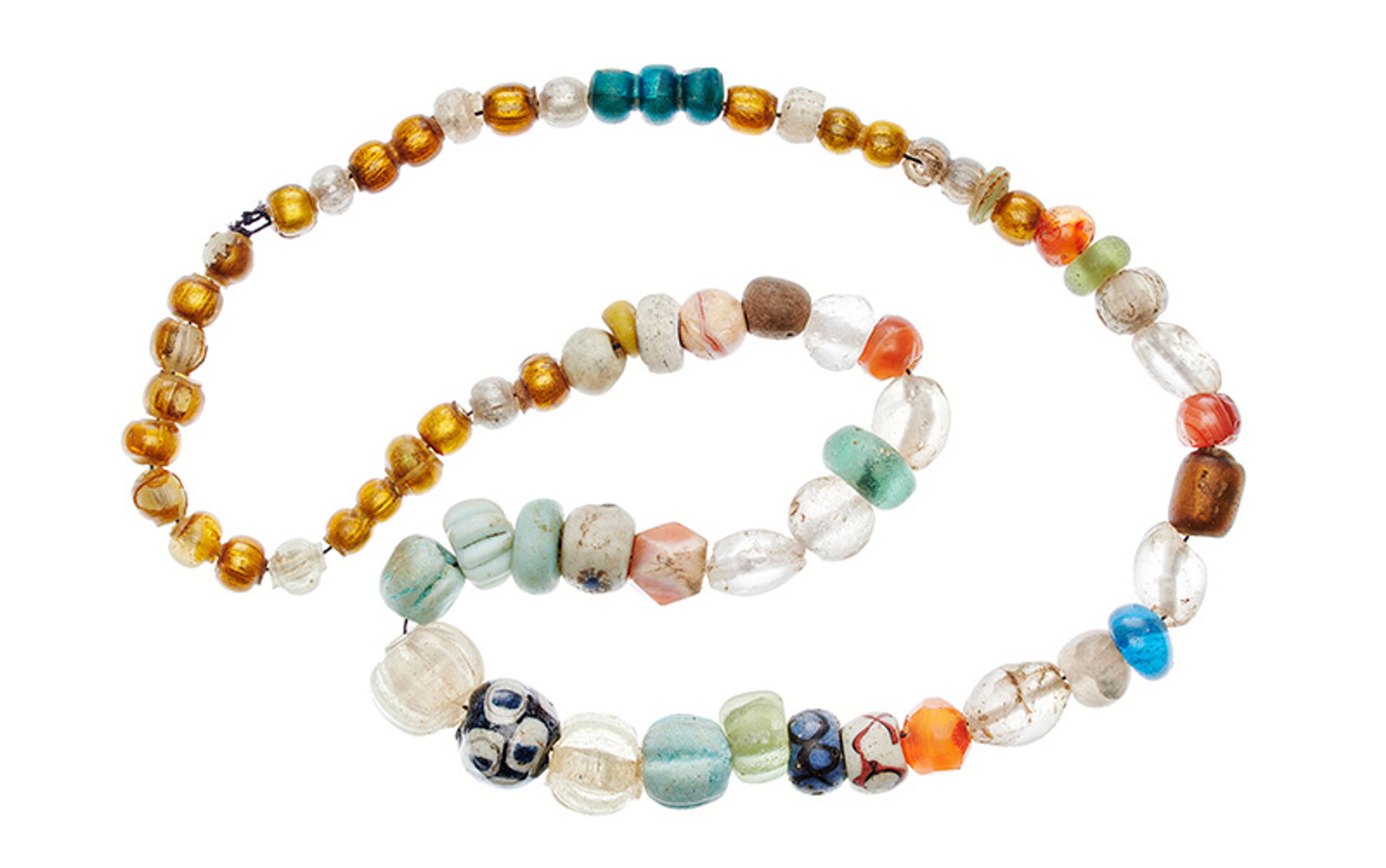
Glass, rock crystal and carnelian beads, mostly from the eastern Mediterranean region. Courtesy Ola Myrin, Swedish History Museum
We used to think of the time of the vikings, the three long centuries from around 750 to 1050 CE, as an age of expansion, when the Scandinavian peoples burst out upon an unsuspecting world with fire and sword. Over the past 40 years or so, that picture has become much more nuanced, as we see the poets, traders and settlers alongside the stereotypical raiders (who were nonetheless real) that most people imagine when they think of the vikings. However, our view of these events has recently changed. We no longer see an outward impulse of intention and process, but a much more haphazard and varied diaspora of Norse peoples, in which individuals with their own motives and missions shift across the northern world.
What does that diaspora look like? A settler on Orkney might divide the year between fishing and overseas piracy. A wealthy woman in a Swedish town might sponsor raids in the west. A person in Arctic Fennoscandia might span the very different worlds of the Norse and Saami. Another might journey deep into the rivers of Eurasia, only to die in the oasis of Khwarezm (in today’s Uzbekistan), but his companions would return to Scandinavia with the news. The ‘Norse’ voyages to North America would be crewed by people who included Icelanders, Greenlanders, a Turk, and two Scots. All these are taken from archaeological or textual sources, and serve as but a few examples of what the diaspora really meant.
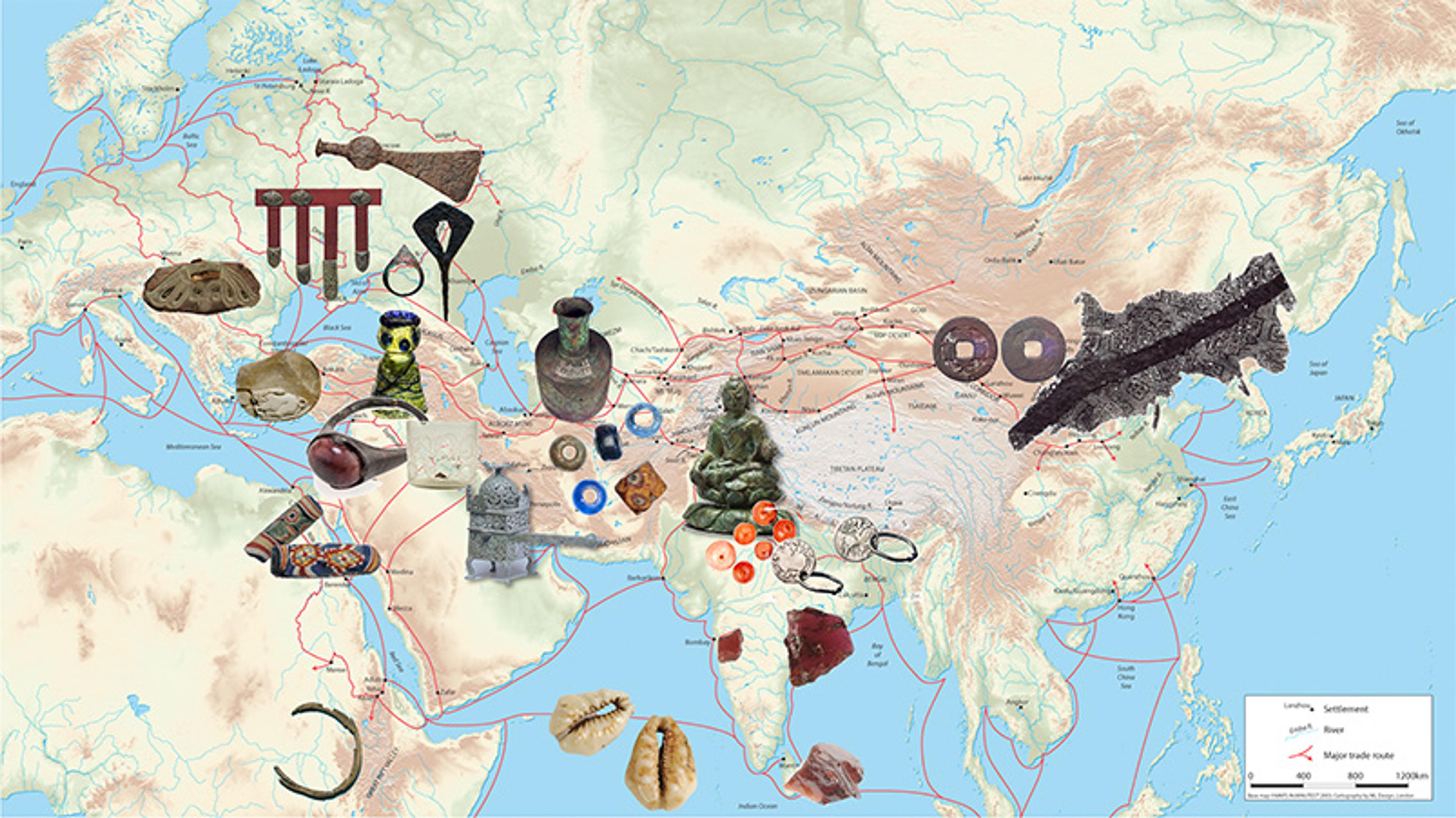
The reality of the Norse world: a map of Eurasia showing selected objects excavated from late Iron Age contexts in Sweden but depicted at their point of origin. Map by Charlotte Hedenstierna-Jonson, Centre for the World in the Viking Age
This was also a fluid time of reciprocal movement involving immigration into Scandinavia as well as movement away. The viking presence in Europe is well known, extending east to Constantinople and the rivers of western Russia and Ukraine, alongside the settlement of the North Atlantic islands and ultimately a landfall on the coast of Newfoundland. But a key question remains: how far did that diaspora extend, especially to the south and east? How far did the vikings really travel? There are many ways to seek answers, and some of them have been hiding in plain sight. The spymaster in Jibāl, Ibn Khurradādhbih, gives us some clues.
Given the astonishing geographical range of their travels in his account, it is perhaps surprising to realise that, with some necessary caveats, Rus’ was the name used by the peoples of the east to refer to the vikings. The routes that they took, according to his report, exactly match with what scholars of our own time would come to call the Silk Roads.
Like many other fields, the study of the Viking Age is undergoing a revisionist transformation, as we learn to be more cautious in our terminologies and wary of the assumptions that lie behind them. This begins with the ‘V-word’ itself. The Viking period is almost unique among historians’ artificial divisions of the past in being named after a minority with whom hardly anyone of the time would have readily identified, or arguably even recognised. The etymology of Old Norse víkingr is still debated, but it is generally agreed to have meant something close to ‘pirate’, someone who went in for maritime robbery with violence, though this is not quite the whole story. It was never used as a name for a people, and was essentially a job description. It was not necessarily negative either, nor even applied only to Scandinavians. It also clearly denoted an activity that could be taken up or left off at different times in a life, as well as an identity that could run in parallel with others. Most importantly, it would never have described the majority population, most of whom were farmers who never went anywhere or did much harm to anyone.
Many scholars now use vikings in lowercase to refer to the raiders themselves, adding an initial capital when talking about the time period. Many also employ a word such as Norse as an approximation for ‘everybody else over there in those days’. None of this is very satisfactory, but big-V vikings are almost impossible to shift from the public consciousness, and while there are problems with ‘Norse’ (it’s mainly a linguistic term, and Scandinavia was by no means a monoculture), it will do. During the Viking Age, most of their neighbours referred to them as ‘Northerners’, which is too Eurocentric a perspective to function today, but Norse comes close enough and has the virtue of being relatively specific.
In the west, the Rus’ were regarded as synonymous with the Norse, in fact with actual vikings
Similar problems are encountered with the Rus’. Their identity was debated for many years, veering between extremes of Norse and Slavic influence, though it is now generally agreed that they were culturally Scandinavian but became more ethnically mixed over time. The name itself probably has associations with rowing, so the Rus’ were the ones who came in boats – an appropriate thing to call people whose presence on the river systems of eastern Europe became a regular fixture. They appear in the written record at about the same time as Ibn Khurradādhbih’s report, as traders and brokers, principally in what are now the Baltic states, Russia and Ukraine. Both women and men were part of the Rus’ communities, and there were merchants of both sexes. Arab geographers and travellers would write many accounts of the Rus’, including some astonishing eye-witness descriptions of funerals and other encounters. Consider this description of one such meeting, by Aḥmad ibn Faḍlān, who travelled to the Volga in 922 CE as an emissary of the ’Abbāsid Caliphate:
I also saw the Rūsiyyah [the Rus’]. They had come to trade and had disembarked at the Itil River [the Volga]. I have never seen bodies as nearly perfect as theirs. As tall as palm trees, fair, and reddish, they wear neither tunics nor caftans. Every man wears a cloak with which he covers half his body and leaves one arm uncovered. They carry swords, daggers, and axes, and always have them to hand. They use Frankish swords with broad, ridged blades. They are dark, from the tips of their toes right up to their necks – trees, pictures, and the like. Every woman wears a small box made of iron, brass, silver, or gold, depending on her husband’s financial worth and social standing, tied at her breasts. The box has a ring to which a knife is attached, also tied at her breasts. The women wear neck rings of gold and silver. When a man has amassed 10,000 dirhams, he has a neck ring made for his wife. When he has amassed 20,000 dirhams, he has two neck rings made. For every subsequent 10,000, he gives a neck ring to his wife. This means a woman can wear many neck rings. The jewellery they prize the most is the dark ceramic beads they have aboard their boats and which they value very highly. They purchase beads for one dirham each and string them together as necklaces for their wives.
The great rivers of the east, especially the Dnieper and Volga, were their highways, joined to the Baltic by a series of smaller passages and portages. We have long known of Rus’ links with Byzantium, the successor to the western Roman Empire. The markets of its capital, Constantinople (today’s Istanbul), were an economic magnet, rewarding the long and hazardous journey that took them to the Black Sea through the lands of the nomads of the western Steppe. The Rus’ also traded in the Caliphate, traversing the Caspian and continuing overland by camel to Baghdad. They brought with them products of the northern forests and the Arctic, and rare items such as birds of prey, which were astonishingly difficult to keep alive over a long trip, but worth a fortune to the right buyer. More than anything else, though, the Rus’ trafficked in enslaved people, who were taken in raids along the Baltic coast or further afield. In return, they brought back silks, spices, beads and other commodities, but the real fuel for the river trade was silver in the form of dirhams. These coins, each stamped with calligraphic declarations of faith, were the main currency of the Caliphate. They also flowed back to Scandinavia from as far away as Afghanistan.
As part of their travels, some Rus’ settled temporarily in the near east. Scandinavians served successive Byzantine emperors as mercenaries in the elite Varangian Guard (the name references an Old Norse word meaning those who have sworn an oath). Indeed, an officer’s posting there was a recognised stepping stone to political power back home. Rus’ contacts with Byzantium were by no means always peaceful, extending to all-out war on occasion, and they even besieged the city itself. There are also extensive Rus’ raids recorded around the Caspian Sea that appear identical in nature to the more famous viking assaults in western Europe.
It is clear that, in the west, the Rus’ were regarded as synonymous with the Norse, in fact with actual vikings. There are independent accounts making exactly this comparison from the Frankish court and also from Muslim Andalusia. It’s therefore worth asking if it is only modern historians who tend to separate them, based on the different labels used in east and west, but also on the legacies of the Cold War that drew such sharp, artificial barriers between researchers.
But the revisionist transformation of research into the Viking Age directs us beyond terminology. For not only is the definition of key terms changing, but also the very geography of the period. Our understanding of the Norse is now taking them far from their ‘northern’ homelands.
What about further east, to the places that Ibn Khurradādhbih described in his espionage report? It’s curious that the conventional map of the Rus’ tends to stop somewhere around the Caspian and seldom even acknowledges the southern Mediterranean, especially since there is abundant archaeological and textual evidence that paints a very different picture. In particular, there has been little investigation of the role that Byzantium and the Caliphate both played as gateways to much larger and more extensive networks of trade. Since at least the 3rd century (and probably much earlier), there were very long-distance interactions between empires and smaller polities that together represent something akin to an early globalisation, for want of a better term. More recently, with a renewed interest in Silk Road studies, some scholars have suggested that the primary economic motors for all this lay in Asia. Though this is not a new idea, it is plausible that the Norse were among the Europeans who best understood this, and engaged most proactively with the Asian trade. The Rus’ fully embodied this approach.
But can it really be that they themselves travelled, as Ibn Khurradādhbih says, throughout North Africa, western and central Asia, Transoxiana, Sindh, India and ultimately to al-Ṣīn, which perhaps denotes the Khaganate of the Uyghurs or possibly even the territories of the Tang dynasty? In fact, this should not surprise us, because indications of Norse connections with Asia have long been known from the archaeology of Scandinavia.
At the Swedish island town of Birka, as on other sites, fashions from the Steppe seem to have been relatively common, with archaeological discoveries or imagery showing baggy leggings, a kind of ornamented belt characteristic of the horse peoples, and even a couple of examples of silk caps with conical cones and fur trimmings, which perhaps served as covers for helmets of toughened leather. The Birka warriors were also armed with weapon sets deriving from nomadic traditions, including recurved bows suitable for horseback use, and the special thumb rings they required. Slightly closer to home, similar items from the edge of the Steppe also occur in Scandinavian burials.
The Norse gave the Buddha a neck-ring and bracelet of leather: they ‘converted’ it to become a northern divinity
Similarly, Norse graves quite often contain artefacts from the Caliphate, including jewellery, beautiful straight-sided drinking glasses, and patterned silks from Persia. Several bronze vessels, usually a sort of high-necked flask decorated with Arabic inscriptions, have also been recovered from Scandinavian burials, where they seem to have been connected with the practice of sorcery. Perhaps they were perceived as holding some special power connected with how far they’d come.
Something similar happened to one of the most famous of all such exotica: a bronze figurine of the Buddha found at an early Viking Age site on a Swedish island. The figurine originally came from the Swat Valley in what is now Pakistan, but the Norse had given it a neck-ring and bracelet of leather, like the ones on their own idols and images of the gods. They ‘converted’ it to become a northern divinity. They must also have recognised that it was already a sacred object because the figure was found together with other items of Christian and Islamic religious significance. It was discovered at a place called Helgö, which means ‘Holy Island’, implying that the site was a sanctuary or shrine of some kind.
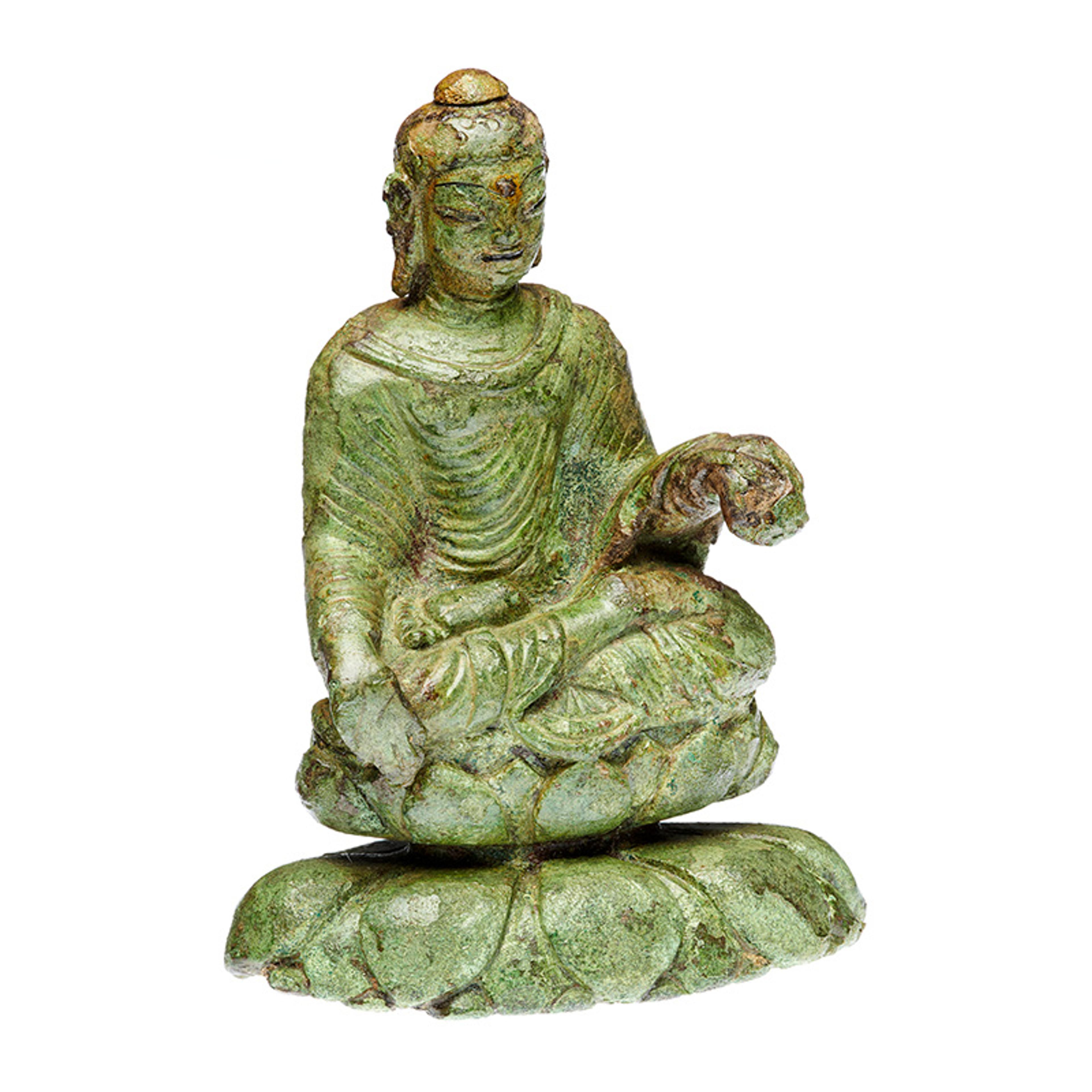
The Buddha figurine from the early Viking Age site of Helgö in central Sweden, but originally from the Swat Valley in what is now Pakistan, where it was made up to 200 years earlier. Photo Swedish History Museum, CC BY 4.0
Even scholars seem startled that more than 100,000 objects of Islamic origin have been excavated from Viking Age contexts in Scandinavia: these are, of course, the dirhams, and furthermore represent only a small fraction of the actual trade, which ran into the high millions. Each one bore an Arabic inscription praising Allah as the only god, usually with an indication of the caliph under whose control the coin had been made, and the location of the mint, which were scattered from Morocco to Afghanistan. It is very hard to imagine that nobody in the north ever wondered what the wavy signs on all those coins (and on some other objects, too) really meant. It must have been obvious that it was writing, and surely somebody understood that it was an exhortation to the divine – in other words, a religious text. Arabic was also inscribed on bronze weights, and it has long been clear that the Norse adopted the standard system of measurement used in the Caliphate. Archaeologists also find locally made weights in Scandinavia that have been given attempts at inscriptions that are just squiggly lines, clearly because ‘everyone knew’ that this is what proper weights should look like. Some scholars have even speculated that all this messaging was part of a (failed) Islamic mission to convert the Scandinavians. To be clear, there is no evidence that any of the Norse accepted the Muslim faith, other than a few who stayed in the Caliphate itself, but curiosity and receptiveness to other cultures were consistent features of their society.
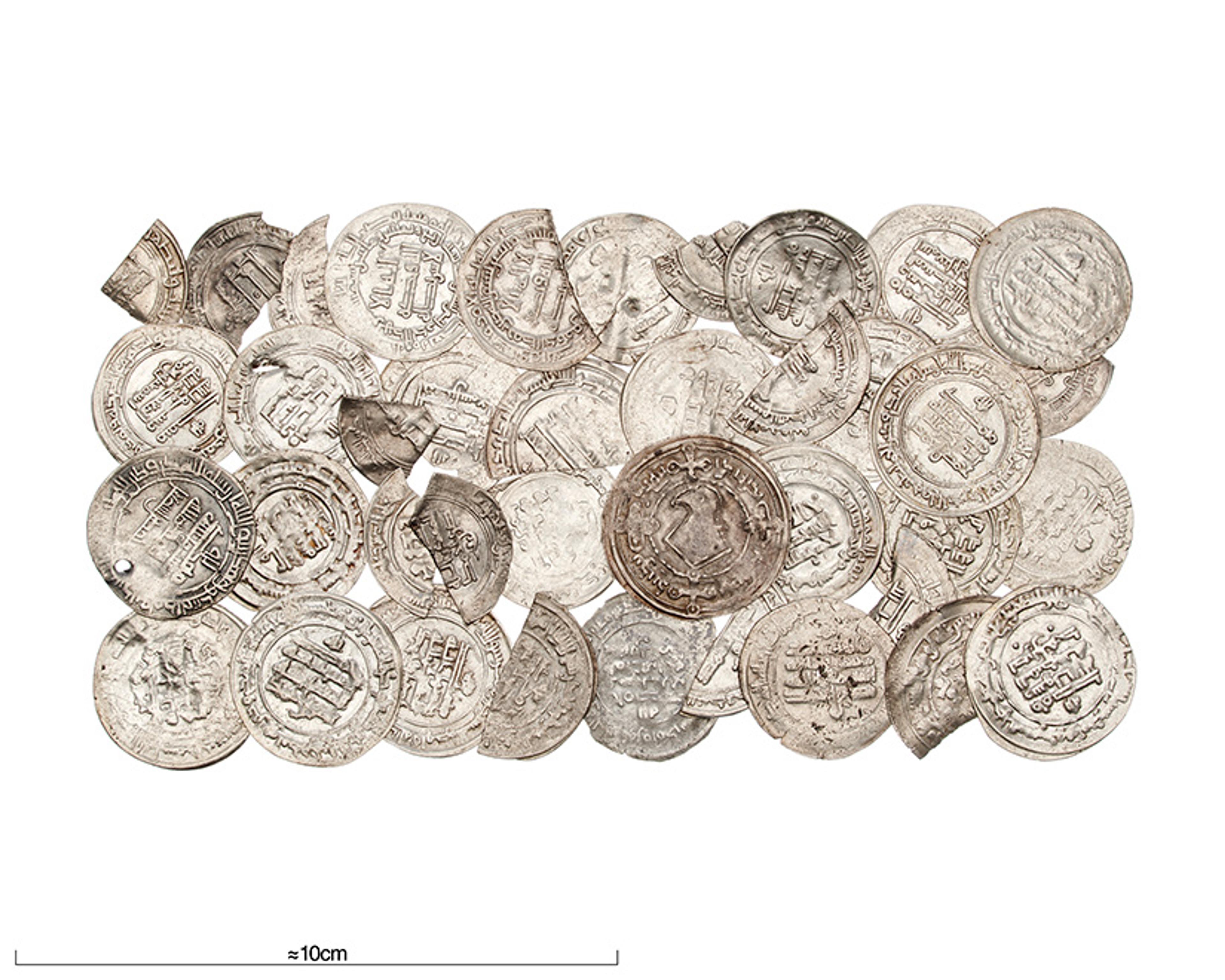
Coins from the Västergårde hoard on Gotland, most of them silver dirhams from the Caliphate. Photo Ola Myrin, Swedish History Museum, CC BY 4.0
So, rather than marauding through Europe, we find the Norse as traders and collectors of treasured Islamic and even Buddhist objects from as far away as modern-day Iran and Pakistan. And this trading and collecting was not simply haphazard or random. However, for all the detail and range of these contacts, the full implications have not been taken to their obvious conclusion.
Adding to this, material from much further east also occurs in the Norse homelands. This includes Gandharan coins from the same region as the Helgö Buddha; textiles and coins from the Tang; garnets from Sri Lanka and Rajasthan, imported as raw material and then intricately carved in the North as inlays on jewellery and weapon fittings; beads from Gujarat; cowries from the Persian Gulf, and much more. This flow of commodities demonstrably also has a long time-depth: a recent study has shown that even brass was being imported to Sweden from the eastern Mediterranean and Asia in the 5th and 6th centuries, as part of what the researchers call ‘a routinised trade’.
Many Norse exports were human, in the form of enslaved people. However, some more durable objects can be traced. For example, amber in high-status and royal tombs from Inner Mongolia and Unified Silla in Korea has been confirmed to be of Baltic origin. Similar objects may even have reached Japan at the same time. An ongoing research project at the University of East Anglia in the UK is exploring the peripheries of the Silk Roads, seeing clear connections from these regions of far eastern Asia to Scandinavia and eastern England. (In 2024, the British Museum also launched a major exhibition following a similar trajectory, in which the very first exhibit is the Helgö Buddha, and the Rus’ are a constant presence in the linear displays of interactions and cultural contacts.)
We thus have good indicators from several geographical points of contact between Asia and the European North. The archaeological ‘missing link’ for this trade was discovered in 1998, when fishermen off Indonesia’s Belitung Island found an Arabian ship that had sunk around 830 CE. This dhow from the city of Muscat in present-day Oman had gone down on its way home from eastern China with a cargo of ceramics, spices and even gold. This and similar shipwrecks may give us the reality behind the maritime routes of the Rus’, as related by Ibn Khurradādhbih.
This brings us back to the concept of a Norse diaspora. Essentially directionless, this can best be understood as a vast, unfolding multi-cultural and multi-ethnic arena of encounter between people of all kinds – moving into, as well as out of, Scandinavia – with as many motivations and experiences as there were individuals involved. Given the scale of all this, it would not be surprising if Norse mercantile networks intersected with those of the Indian Ocean and China Seas – which is exactly what the spymaster describes.
Importantly, these are not the marauding Scandinavians of legend, nor were they pursuing the muscular commerce of aggressive trade as they did on the eastern European rivers. They were cosmopolitans and explorers, but also pragmatists, who would have had to learn new languages and fit in to a succession of new surroundings. This was no ‘viking empire’ or colonial endeavour. The Rus’ who travelled to eastern Asia did so in small groups, perhaps in the company of others – a few of them onboard ships, or joining their camels and horses to a caravan. They were in a minority and at a disadvantage.
If all this seems very far from the classic stereotype of ‘the viking’ – an armed man (it’s almost always a man) standing on the deck of a longship in rough seas, on his way westwards to plunder and violent glory – then this is no bad thing. The vulnerability of the Norse in the far east is a reality, not a projection, but it also usefully undermines the clichés that have attached to the period. In the coming years, through the efforts of researchers from across Asia and Europe, the map of the Norse diaspora is going to be redrawn and also re-evaluated. The Viking Age may not be the same again.
This essay emerges from an ongoing exploration of these new horizons at the Centre for the World in the Viking Age, established at Uppsala University in early 2024 with funding from the Swedish Research Council.

